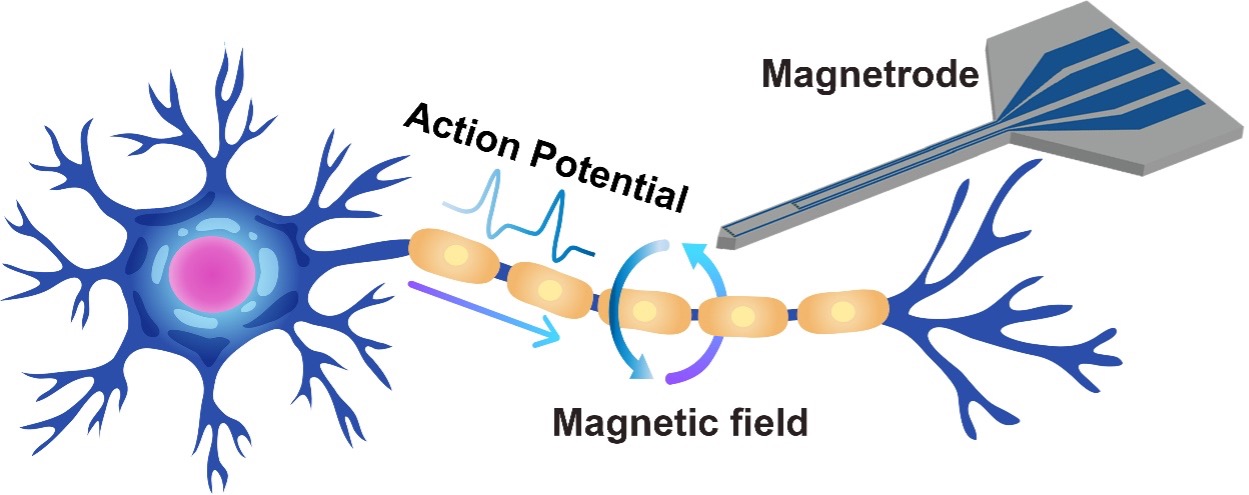High-Sensitivity TMR-Based Magnetrodes Usher in New Possibilities for Brain Magnetic Field Detection
Jul 03, 2024
The quest to understand the intricacies of the human brain has led scientists to explore innovative techniques for monitoring neural activity. Among these, the detection of weak magnetic signals generated by neurons during neural communication has garnered significant attention. Magnetoresistance (MR) sensors, known for their compact size and exceptional sensitivity, have emerged as promising candidates for this purpose. Specifically, tunnel magnetoresistance (TMR) sensors, with their ultra-high sensitivity, have the potential to revolutionize our ability to study brain function.
Researchers at the Aerospace Information Research Institute (AIR) with the Chinese Academy of Sciences (CAS) have introduced a novel TMR-based magnetrode design that aims to revolutionize local magnetic field detection in the brain. These magnetrodes, which integrate TMR sensors with needle-shaped silicon substrates, are designed to be inserted into the brain for in-situ monitoring.
To optimize the performance of these magnetrodes, the researchers explored various design parameters such as the aspect ratio of the free layer, junction shapes, quantities, and serial arrangements. Through a custom-built magneto-transport and noise measurement system, they characterized the magnetrodes and achieved a remarkable limit of detection (LOD) of 300 pT/Hz at 1 kHz. This remarkable sensitivity suggests that neuronal spikes, which are typically difficult to detect with traditional methods, can now be distinguished with less averaging.
This research not only demonstrates the great potential of magnetrodes in detecting weak magnetic signals in biological systems, but also provides a new tool for understanding brain function and neural communication mechanisms. With further technological development, TMR-based magnetrodes are expected to play a greater role in neuroscience, biomedical engineering, brain computer interface, artificial intelligence and other related fields.
The relevant findings have been published under the title "Development and Comprehensive Evaluation of TMR Sensor-Based Magnetrodes" in the ACS Applied Materials & Interfaces. LUO Jiahui, a doctoral student at AIR is the first author of the paper. Professors CHEN Jiamin and CAI Xinxia, along with Associate Professor WANG Mixia from the same institute, are the corresponding authors. This work was supported in part by the National Key R&D Program and the National Natural Science Foundation.

Schematic diagram of magnetrode to detect magnetic fields generated by action potentials. (Image by AIR)
Contact: luyq@aircas.ac.cn



News & Events